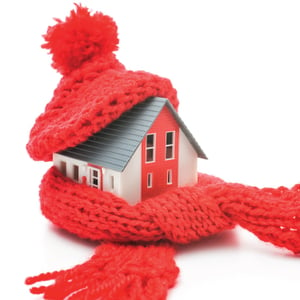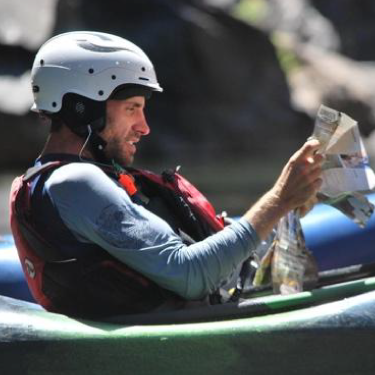
Did you know that air sealing your home can reduce heating and cooling costs, increase comfort, and create a healthier indoor environment? Winter is coming, and it is time to prepare your home for the cold snowy months to come. Air sealing your home is vital to reducing energy consumption and saving money on energy bills during the cold months, and there are inexpensive DIY (do it yourself) techniques that can help you get your home sealed up tight for the winter. For example, weatherstripping and caulking are two simple and effective techniques you can do yourself. However, just like any other DIY home improvement, there are factors to be aware of in advance.
Proper ventilation is crucial to an energy-efficient and healthy home, which makes ventilation a major factor to consider when air sealing your home. When you seal air leaks without proper ventilation, you may also be trapping unwanted air and moisture in your home. The Department of Energy informs of three different ventilation techniques: natural ventilation, spot ventilation, and whole-house ventilation. Natural ventilation allows air to flow in and out through the cracks that we want to seal closed. Spot ventilation improves indoor air quality through exhaust fans in kitchens and bathrooms. A whole-house ventilation system uses fans and duct systems to exhaust stale air and bring in fresh air. This is used when natural or spot ventilation is not enough to maintain healthy indoor air quality, and usually needs to be installed by a professional.
Here are three tips to help you safely and properly air seal your home for the winter!
- Detect air leaks! Look & Feel! Do a visual inspection of doors and windows. Look for space or cracks, and check and see if weather stripping or caulking has been applied correctly. Use your hand to feel any cold air coming into the home in suspected locations. Visit The Department of Energy for more tips. https://www.energy.gov/energysaver/weatherize/air-sealing-your-home/detecting-air-leaks
- Seal the leaks! Caulk is a flexible material that can be bought at a local hardware store and can be used to seal cracks that are less than a ¼ inch between stationary building components in your home. Weatherstripping can also be purchased at a local hardware store and should be used to seal cracks between movable building components such as windows and doors.
- Be aware of ventilation! Natural ventilation is unpredictable and hard to control. So, if you’re sealing up your home make sure you still will have healthy indoor air quality. Do you have kitchen and bathroom fans vented to the outside? That is a start. Do you have an ERV or HRV (whole-house ventilation)? Consult a professional for more information on that option.
To get a measurement of how leaky your home is and if it is necessary to seal up the cracks, contact an energy coach at Walking Mountains Science Center and get a comprehensive Energy Smart Colorado home energy assessment. Doing this will give you information from a blower door test, and photos from an infrared camera, so you can better identify your leaks and what is needed. If professional air sealing is better, the Energy Programs team at Walking Mountains can provide rebates and help you through the process of getting bids and having the work completed. Call your local energy coaches at 970-328-8777 or email energy@walkingmountains.org.








